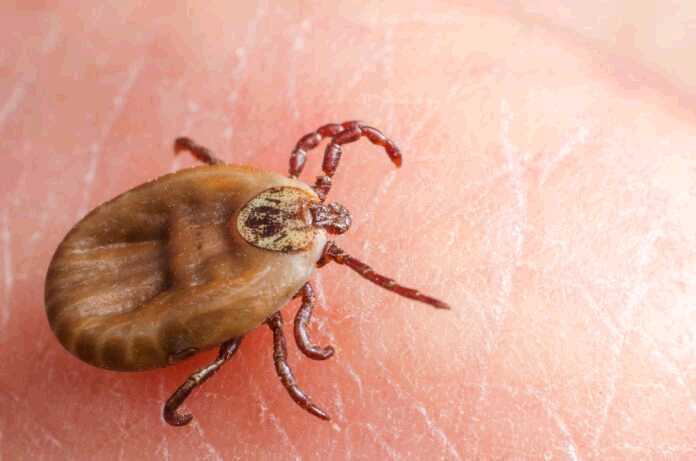
Lyme disease is an infectious disease which is transmitted through tick bites. Ticks carry a bacterium called Borrelia burgdorferi. This disease is found in many countries, and it is very common in the north-eastern states of America. Even though people are at high risk of developing this disease when being bitten by a tick, not all ticks cause infection.
The Borrelia burgdorferi has a complex life cycle and part of this life cycle happens inside a tick. The rest of the development of this bacterium happens in mammals, lizards and birds. Human beings are not part of the life cycle, but they can get affected by the disease when a bite occurs.
Symptoms
The main symptoms of the Lyme disease are:
- Muscle and joint pain
- Headache
- Swollen lymph nodes
- Skin rash shaped like a bullseye
The rash is probably the giveawya of a tick bit, which is not hard to observe on the skin. It looks like a red, annular lesion that will increase from one day to another. This is called an erythema. The round lesion can reach up to 5cm in diameter, and a reddish spot in the middle of it will occur within a few hours of getting bit. The appearance of the rash will be the first sign you need to see a doctor.
Prevention
Avoid getting bit
Try not venturing into forests with your skin exposed, especially during the summer. Wear socks that create a thick barrier between your skin and other potential threats in nature. This will help with bug bites as well. Wear colourful or white clothes when you go outside, so you can easily identify whether there is a tick on you or not. Buy special pesticides that can be applied to clothing/skin that will make insects stay away. Yet, this is not recommended for kids.
Remove the tick safely
Try immediate removal of the tick from your skin once you notice it. If you only observe the insect’s bite on your skin, then you have to pay attention to the symptoms that may or may not occur during the following days. You can remove a tick with the help of a tweezer. When a part of the tick remains stuck into the skin, you should have a doctor remove it. Disinfect the area with some antiseptic solution.
Last Resort: Atibiotics
This is something that needs to be approved by your doctor. He/She may prescribe doxycycline for the treatment of lyme disease.
Never self administer and always finish a treatment. Antibiotic resistance is becoming a real problem worldwide, and we all need to do our part in keeping it under control. We don’t want some superbug wiping out world population.






























